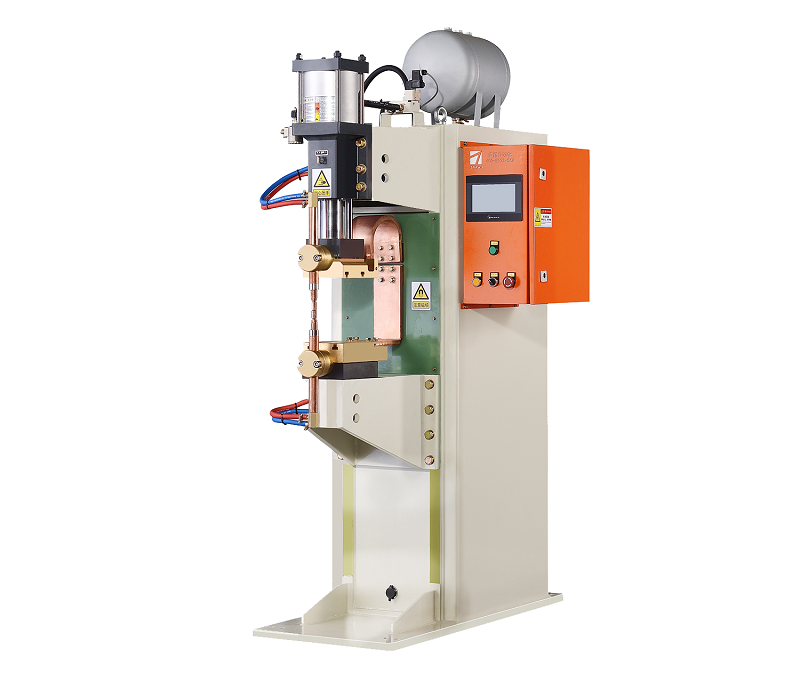Impact of Welding Time on Electrode Pressure in Medium Frequency Spot Welding Machines?
In the realm of medium frequency spot welding machines, the welding process involves a delicate balance of various parameters. One critical interplay is between welding time and electrode pressure. This article explores the intricate relationship between these factors, shedding light on how welding time affects electrode pressure and consequently influences the quality and integrity of the welds.

Understanding the Welding Time and Electrode Pressure Relationship:
- Optimal Fusion: Welding time plays a pivotal role in achieving proper fusion between workpieces. When the welding time is appropriately calibrated, it allows sufficient energy transfer for material bonding.
- Electrode Engagement: The duration of welding time directly influences the electrode engagement with the workpieces. Longer welding times may lead to more profound electrode penetration and better material melding.
- Heat Distribution: The welding time affects the distribution of heat throughout the joint. Longer welding times enable heat to spread evenly, reducing the risk of overheating localized areas.
- Pressure Application: Electrode pressure determines the force exerted on the workpieces during welding. A longer welding time allows the electrodes to maintain steady pressure, ensuring consistent contact and improved joint integrity.
- Material Thickness: The thickness of the materials being welded also influences the welding time and electrode pressure relationship. Thicker materials may require longer welding times and higher electrode pressures to achieve proper fusion.
Balancing Welding Time and Electrode Pressure:
- Parameter Optimization: It’s essential to align welding time and electrode pressure with the specific materials and joint configurations. Optimizing these parameters minimizes the risk of under or over-welding.
- Quality Considerations: Longer welding times with appropriate electrode pressure can lead to stronger and more reliable welds, especially in complex or thicker joints.
- Efficiency Concerns: While longer welding times may enhance joint quality, manufacturers need to strike a balance to maintain production efficiency and throughput.
- Real-time Monitoring: Implementing real-time monitoring and feedback systems can help adjust welding time and electrode pressure dynamically based on the evolving welding conditions.
The intricate relationship between welding time and electrode pressure in medium frequency spot welding machines underscores the precision required in this welding process. A well-calibrated welding time not only ensures optimal fusion and material melding but also influences the application of electrode pressure. Manufacturers must carefully balance these parameters to achieve welds with the desired quality, integrity, and efficiency. By understanding this dynamic interaction, welding professionals can harness the full potential of medium frequency spot welding machines to create robust and durable welded joints.